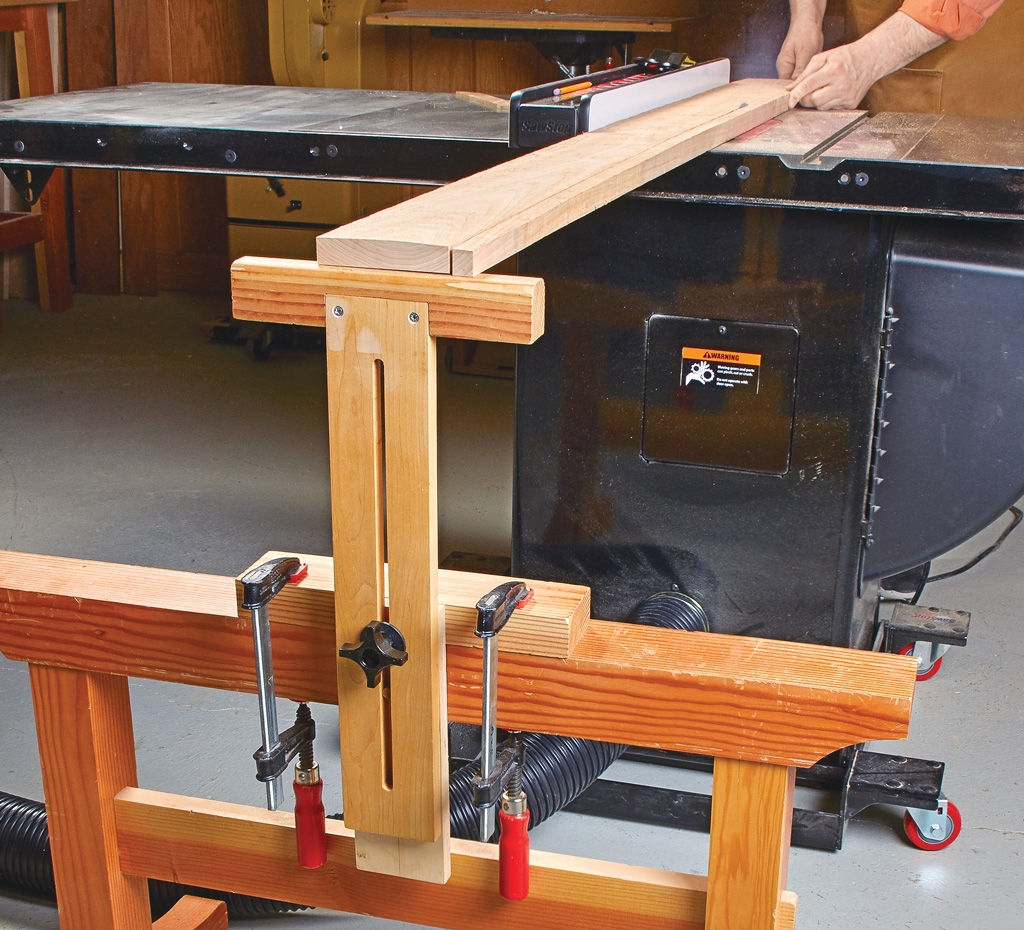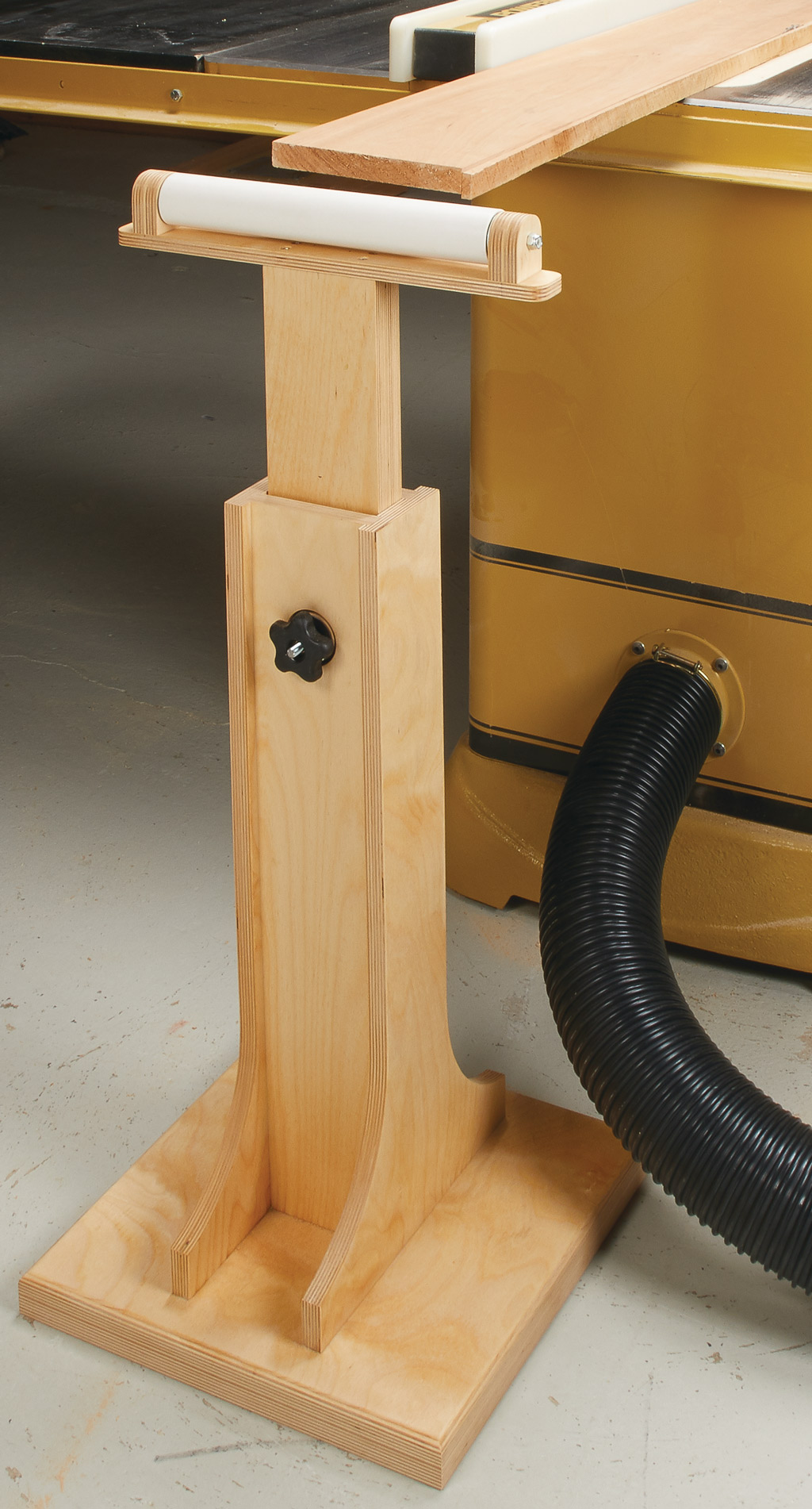
For as long as man has been cutting wood, he's also struggled to find a reliable way to cut precise angles. Power tools made the cutting easier, but didn't really improve accuracy. The blade tilt scales on most table saws are notoriously inaccurate and hard to read. And while a protractor works well for layout work, it can be difficult to use when setting up tools.
Fortunately, there's a 21st century tool that should find a home in just about every workshop. A digital angle gauge our saw for cutting any angle.
THE DIGITAL ADVANTAGE. I recently tried out three different models. The first was the Wixey Digital Angle Gauge. This one was first on the market. I also looked at the Beall Tool Company's Tilt Box and the Angle Cube from iGaging.

I found that digital angle gauges offer an inexpensive and accurate method of measuring any angle you'll use in the woodshop. By using one, you can quickly dial in the right setup angle for your saw every time. And that translates to perfectly cut project parts.

EASY TO USE. Best of all, using a digital angle gauge couldn't be easier. As you can see in the photos, you start by placing it on the tool's flat surface (usually the table of your saw) and calibrate the display simply by pushing a button.
Then all you need to do is place the gauge on the blade (all the gauges have magnets to hold firmly at any angle) and crank in the angle you need. An LCD display gives you a readout while you move the blade.
HOW THEY WORK. The gauges rely on gravity for measuring the difference in two angles, so it doesn't matter if your saw is sitting on an uneven floor. But the gauge must be upright in use. You can't lay the gauges flat on their backs to set the angle for a miter gauge. For that, take a look at the digital protractor below.

ACCURACY & RELIABILITY. I admit that before trying out these gauges, my primary concern was whether they're accurate enough to rely on in everyday use. All three passed the test with flying colors. Each gauge is accurate to within 0.1° (one-tenth of a degree). And that's plenty accurate for any woodworking task.
As a test, I set up my table saw to cut 45°, 30°, and 22.5° angles to make four, six, and eight-sided boxes. Every one came out with gap-free joints on the first try.

But the best testament to their accuracy is probably the fact that both of our shop craftsmen keep an angle gauge by their table saws. They each have over thirty years of woodworking experience and neither of them is fond of "bells and whistles" gadgets. They both like the accuracy and ease of use.
Each of the gauges worked equally well. I liked the Wixey's display best. But on the downside, it uses a watch-style battery that runs out quickly. The Tilt Box and Angle Cube both take a longer-lasting 9-volt battery.

Worth a Look: Wixey Digital Protractor

Once you get used to using an easy-to-read, digital setup tool at the table saw, you'll want the same reliability and convenience for other uses. When it comes to setting miter angles, or a drill press for example, a digital protractor is just the ticket.
Wixey built the same ease-of-use into the protractor as they introduced in the angle gauge. This device works in any position, however, making it perfect for setting up a miter saw or miter gauge.
You're not limited to tool setups either. You can take the protractor anywhere you need to measure an angle.













